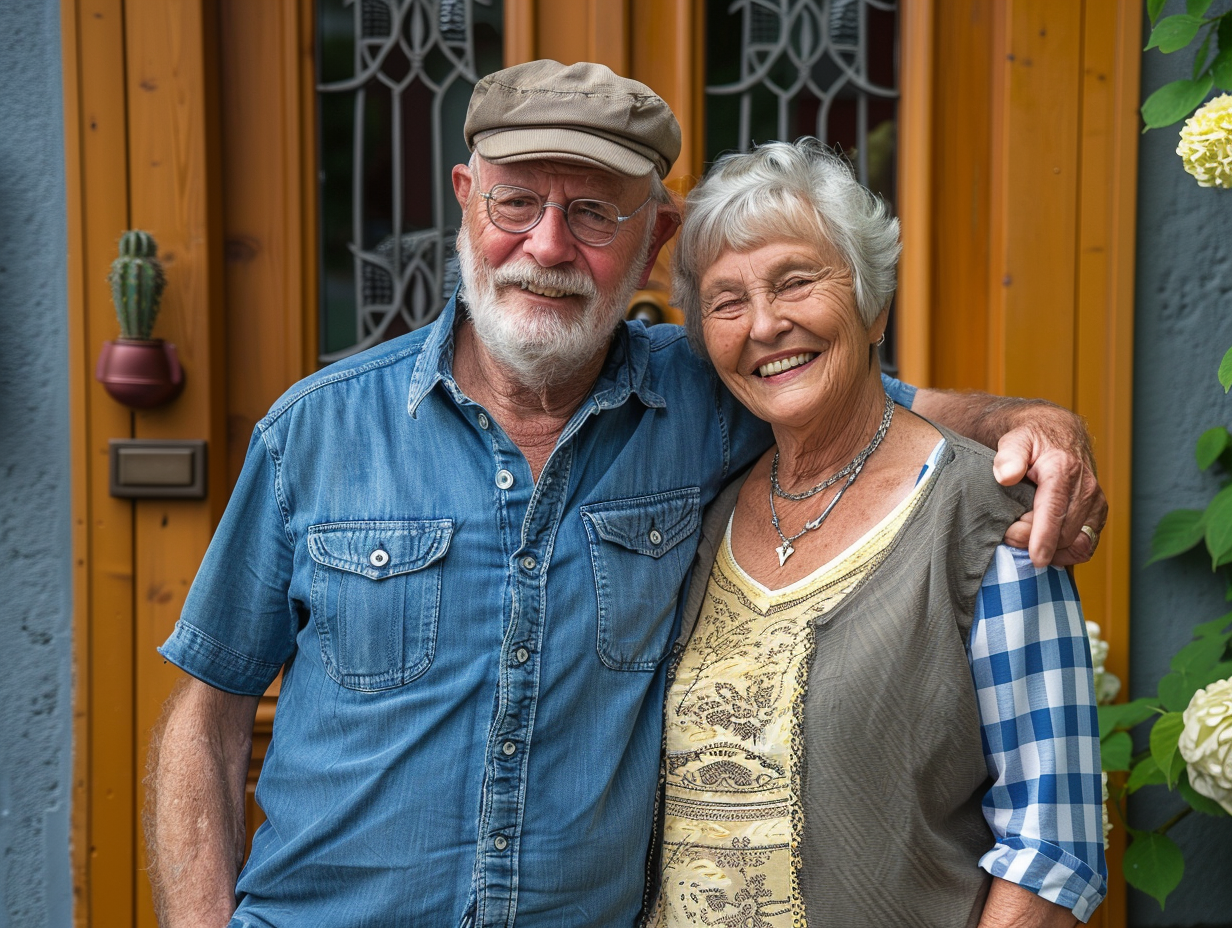For many older adults, staying in their own home is a powerful symbol of independence. But as we age, our homes may pose risks that weren’t there before - slippery floors, poor lighting, or cluttered walkways can lead to serious injuries.
Fortunately, small changes can make a big difference.
Whether you're a senior living alone or a family member helping a loved one age in place, this room-by-room safety checklist will help you create a secure, accessible, and comfortable home environment.
Bedroom
- ✅ Keep a clear path to the bathroom
Ensure there’s nothing to trip over on the way—especially at night. - ✅ Install nightlights
Motion-sensor lights near the bed and along the floor reduce fall risk in the dark. - ✅ Keep essential items within reach
Place phones, glasses, medications, and water within arm’s reach of the bed. - ✅ Use a firm, easy-to-exit mattress
A bed that's too low or too soft can make standing difficult.
Bathroom
- ✅ Install grab bars
Place them next to the toilet, inside the shower, and near the tub. - ✅ Use non-slip mats
Inside and outside of the shower or tub to prevent slipping. - ✅ Elevate the toilet seat
A raised toilet seat can make sitting and standing easier and safer. - ✅ Consider a shower chair
For those with balance issues, sitting while bathing adds security and comfort.
👉 See CDC’s Home Fall Prevention Checklist
Kitchen
- ✅ Store frequently used items at waist level
Avoid the need for step stools or bending too low. - ✅ Label cabinets and drawers
This can be helpful for those with mild memory issues or vision impairments. - ✅ Ensure clear counter space
Too many items can cause confusion and make spills more likely. - ✅ Check appliance cords and power outlets
Frayed cords or overloaded outlets are fire hazards.
Living Room
- ✅ Secure loose rugs or remove them
Tape down the edges or use non-slip backing. - ✅ Arrange furniture for clear pathways
Avoid sharp edges and make space for mobility aids if needed. - ✅ Use stable chairs with armrests
These make it easier to sit down and stand up safely. - ✅ Hide cords and cables
Bundle and secure cords against the wall to prevent tripping.
Hallways & Stairs
- ✅ Ensure good lighting
Replace dim bulbs and consider motion-activated lights. - ✅ Install handrails on both sides of stairs
Handrails should be secure and extend the full length of the staircase. - ✅ Mark the edges of stairs
Use contrast-colored tape to increase visibility. - ✅ Keep hallways free of clutter
Remove shoes, bags, and anything that could be tripped over.
Entryways
- ✅ Install a peephole or video doorbell
So it’s easy to see who’s there without opening the door. - ✅ Ensure steps and porches are in good condition
Repair uneven surfaces and add a ramp if needed. - ✅ Use slip-resistant mats
Outside the door to reduce slipping in wet weather. - ✅ Place motion-sensor lights outside
Especially near walkways, driveways, and the front door.
Bonus: Use Technology to Stay Safe
In-home safety isn’t just physical - reminders, alerts, and monitoring tools can add another layer of confidence, especially for those living alone.
Apps like Elli Cares can help by:
- Sending medication or hydration reminders
- Setting up Safe Zones and alerts if someone wanders
- Tracking symptoms, mood, or changes in behavior
- Letting family members check in without being intrusive
- Offering video reminders and shared visibility
👉 Learn how Elli Cares supports independent living
Independence Starts With Safety
A few thoughtful adjustments can go a long way in helping older adults feel safer and more capable at home. By reducing risks and adding support where it counts, seniors can enjoy independence with confidence - and families can feel more at ease knowing their loved one is secure.
If you're unsure where to start, consider doing a home safety walkthrough together - and revisit it regularly as needs change.








